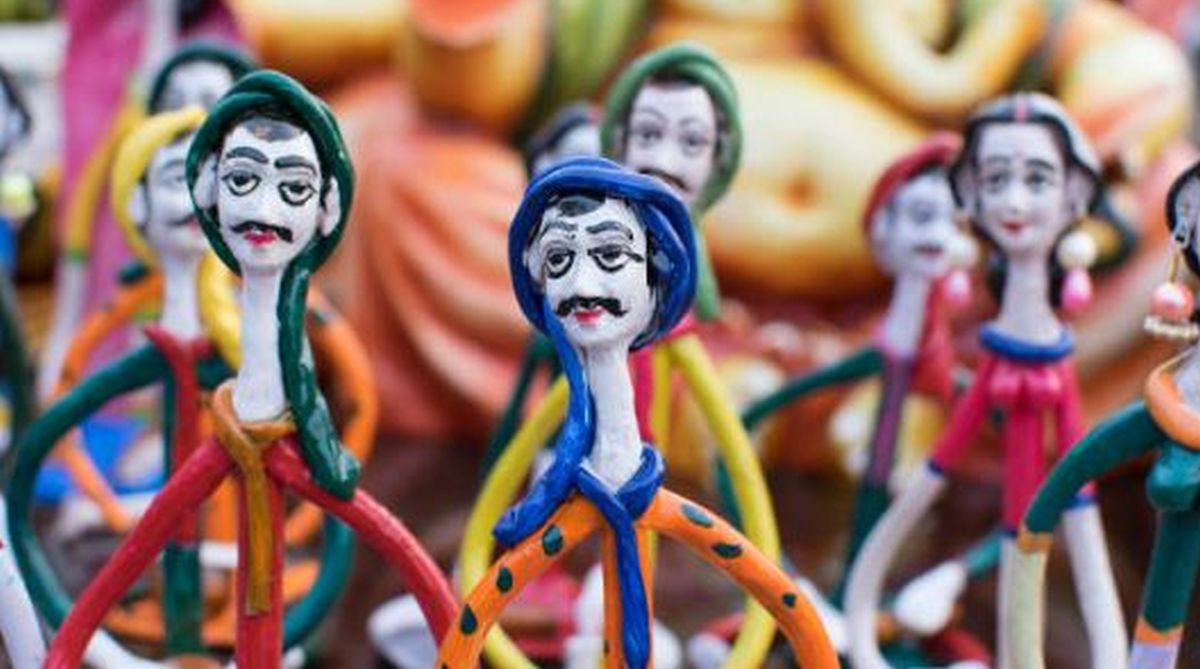Sharad Purnima 2018: Know about vrat, tithi, rituals, religious importance
Sharad Purnima 2018: Believers say those who remain awake on this fool moon night are graced with health and wealth
There is a legend associated with this autumn night that talks of Tesu and Jhanji, and their unique wedding

Representational image. (Photo: Getty Images)
Sharad Purnima 2018: Sharad Purnima night is said to be the most beautiful fool moon night of the year. There are many religious and historical stories attached to this particular night. Some say the spirits of Shah Jahan and Mumtaz meet at the Taj on this night, while others have different stories to share. There is an older legend associated with the this autumn night that talks of Tesu and Jhanji.
After Dussehra and Diwali celebrations are over, gypsy women can be seen selling Purnima toys by the streets. These toys are then used for a wedding ritual at homes when Tesu is married off to Jhanji.
Advertisement
Tesu is said to be the son of Bhim, the powerful Pandava, who ruled an area in the Chambal region. When he heard of the Mahabharata war, according to legends, the great warrior decided to go and witness it. He was on his way to Kurukshetra when he met Krishna, who was in the guise of an old Brahmin. Krishna did not want him to be at the battlefield as the warrior king was known for helping a losing side win.
Advertisement
READ | Sharad Purnima 2018: Know about vrat, tithi, rituals, religious importance
In a bid to dissuade Tesu, Krishna hatched a plot. He asked for Tesu’s head as a boon for himself. As a king, Tesu could not say no to a Brahmin and he agreed, though he prayed that his two wishes were granted. He wanted to witness the Mahabharat war and keep his promise of marrying pretty Jhanji. As Krishna the Brahmin granted both his wishes, Tesu allowed him to chop off his head.
Krishna then severed Tesu’s head and took it to Kurukshetra, and set it up on three poles. Tesu watched the battle this way and was married off to Jhanji too. His sacrifice is commemorated every Sharad Purnima night when Tesu is symbolically married off to Jhanji at many homes, especially in Uttar Pradesh and Madhya Pradesh.
READ | Kojagari Purnima 2018: Lakshmi Puja date, time, significance and celebrations
The houses are decorated and a feast is organised. A Tesu doll supported on three reeds is set up on the terrace. The main features of the doll are its characteristic laughing eyes and paan-stained mouth. With a moustache proclaiming royalty, Tesu holds a red parrot in one hand and a hookah in the other. Jhanji, on the other hand, is a decorated pot with many holes. An earthen lamp is placed inside it and its light filters out through the holes. The two are “married” off by a pandit as women sing ritual songs. The guests then sit down for a wedding feast under the moonlit sky.
On the day of Sharad Purnima, many parts of the country also celebrates Kojagiri Purnima, or Kojagari Purnima.
Advertisement